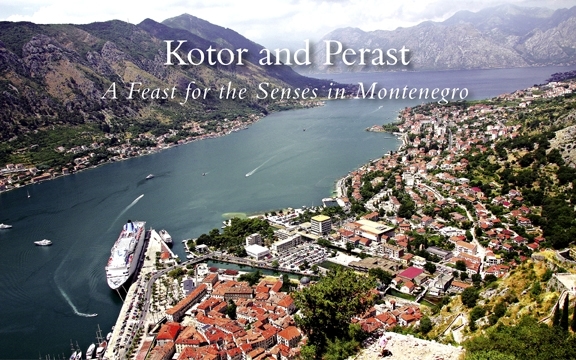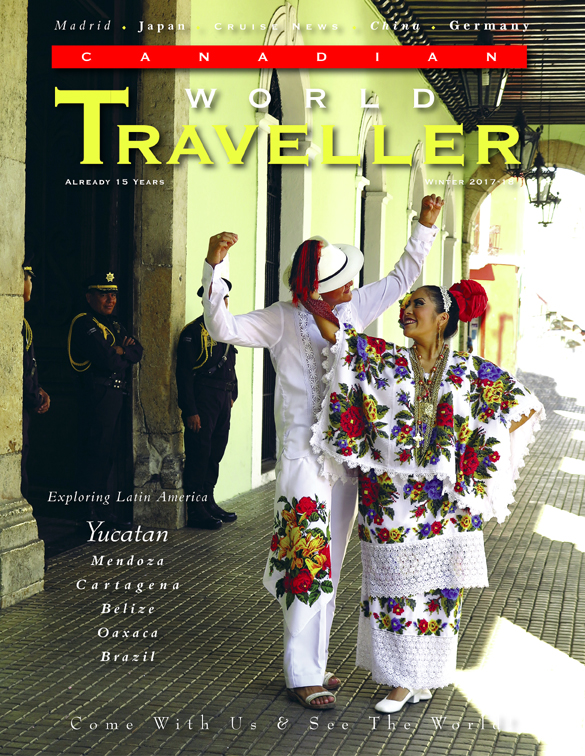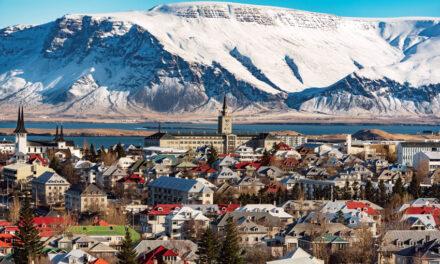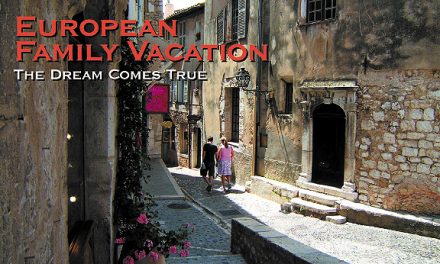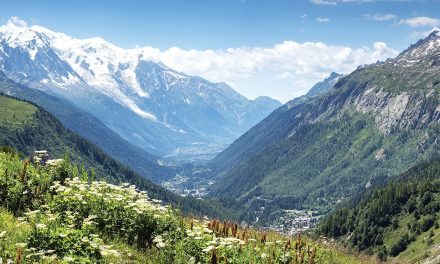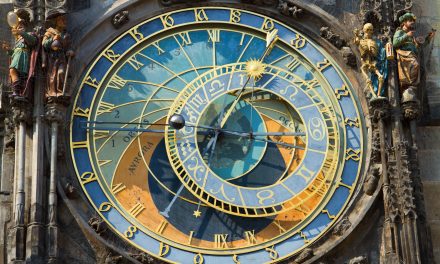Montenegro
Kotor and Perast – A Feast for the Senses in Montenegro
Article and photography by Steve Gillick

The red and gold flag of Montenegro flutters in the breeze on the heights of the San Giovani Fortress, as you climb the last of the 1350 steep stone steps. From a small observation platform, the views from the base of the flag pole showcase Boka Katorska Bay on which the ancient city of Kotor lies, along with the surrounding Dynaric Alps, a range of 2000 meter-high, dark mountains that help define the literal meaning of “Montenegro” as “Black Mountain”.
In sharp contrast to the solitary, brooding mountains, the glimmering waters of Boka Bay, listed as one of the most beautiful bays in the world, is dotted with small towns, churches and fishing villages, and directly below the San Giovani Fortress, just outside the Kotor city walls, a lively marina is filled with yachts of all sizes boasting flags from countries around the Adriatic and Mediterranean Seas. And on this sunny, hot June day, when you leave the city through the Sea Gate, you can’t ignore the huge Thomson Dream, one of the roughly 460 cruise ships that will visit Kotor in 2017, resting in the deep-water port while its 1700 passengers wander through the ancient public squares and narrow, winding alleyways of the city.
Inevitably they will end up at one of the many outdoor cafes or pizzerias, drinking coffee or expresso, sipping a glass of local wine, or quaffing a mug of icy, cold Nikšičko (nick-sheesh-koh) beer. I speak from experience as the beer was our reward for having climbed to the top of the Fortress at noon on this 33 degree Celsius (91 Fahrenheit) day.
After arriving in Kotor that morning on a highway coach from Dubrovnik we checked into our accommodation and then we walked toward the old city where, just beside the ancient moat, a giant orange-wire statue of Gulliver leaned against one of the guard towers while not too far away, an equally giant Pipi Longstockings was perched happily on the city wall. The occasion was the annual Children’s Festival and to add to the cheerful atmosphere, adults and children clambered onto an oversized park bench and with smiles, laughter and total inhibition, dangled and kicked their legs through the air.
The Sea Gate, a.k.a The West Gate, leads directly into the Square of Arms where gun powder and ammunition were stored during the Venetian Period (14th to 18th centuries). The leaning Clock Tower, dating to 1602 and the pillory of shame are the first curiosities that visitors see before they take in the charm of the Baroque-style Palaces, 19th century houses, the looming mountains behind the city, and that intriguing Fortress at the top of San Giovani mountain.
The Tourism Information booth explained very clearly that to walk to the Fortress we needed to follow a path by one of the small churches and go “up, up, up”. And after huffing and puffing for fifty minutes we were at the base of the flagpole near the summit and in total awe of the panorama before us. When we returned to the city an hour later, we happened upon Pizzeria Sara, a café in St. Tryphon Square (the site of the 12th century Cathedral), and refreshed ourselves with cold beer and an incredibly delicious four-cheese pizza with thick, juicy, fresh anchovies.
The Mediterranean/Venetian influence on food in the area is a great reason on its own to spend time in Montenegro. On the second day of our visit we had lunch at Konobo Trpeza. “Konobo” refers to a place where food is prepared, with the emphasis on local foods, while a “Trpeza” is a dining table filled with food. And in this case “filled” was the operative word!
With the assistance of our guide from Kotor Tourism, Gojko Samardžić, we ordered a plate of local specialties including Black Risotto (made with squid ink), Seafood Risotto with squid, mussels and clams, Calamari that had been delicately fried in local, light olive oil, a chunky Octopus Salad, remarkable grilled Shrimp, a Potato and Swiss Chard Salad, and grilled vegetables. Everything was delicious and we were full.
But that’s when Slobodan, our server, brought over the Turbot—a baseball-glove-sized local flat fish that the kitchen had prepared. So with some trepidation, we watched as he filleted the fish and plated it with potatoes, eggplant, red peppers and olives. And for the second time in the same meal our taste buds were awash in awe!
Most visitors to Kotor spend some time in the town of Perast, only 20 minutes away. In the 13th century it was a border town of the Venetian Republic and the UNESCO World Heritage Site designation references to both Kotor and Perast as being “authentically preserved small cities enhanced by [Baroque) architecture of great quality”. In fact Perast has become somewhat of an exclusive enclave for those who can afford a home along the historic waterfront, filled with Baroque Palaces from the 17th and 18th centuries.
In the center of the town sits St. Nicholas Church with its iconic belltower and close by are monuments to three of Perast’s most famous citizens including the Baroque artist Tripo Kokolja. To truly appreciate Kokolja’s works, visitors can take a water taxi to visit the islands. Most boats circle St. George’s Island without stopping. It’s the site of a 12th Century Benedictine Monastery with a cemetery and a grove of stately Cypress Trees. But the boats continue to Our Lady of the Rock to tour the Roman Catholic Church. The story relates that two brothers, fishermen, saw a statue of the Madonna in a crack on a reef. They said a prayer to help cure one of the brother’s leg injury. The next day, the injury was cured, but the statue had disappeared. The brothers started to throw rocks in the water to help build up the reef with the hope of building a church to thank the Madonna, and over time the present island was formed and the church was built. The annual Fasinada Festival, held on July 22, includes a ceremony where the fisherman of Perast tie their boats together in a circle around the island and throw rocks in the Bay to fortify the site.
Today visitors can see 68 paintings by Tripo Kokalja inside the church, along with a gallery of votive plates, donated by fishermen who survived ordeals at sea and wished to acknowledge that their prayers had been heard. One of the more unique items is the tapestry by Jacinta Kunić-Mijović. She began the project while waiting for her husband to return from the Sea. She used her own brown hair to depict angels, and 25 years later, blind from the intricate work and now using her gray hair, she completed the embroidery. Her husband never returned.
There is of course much more to Montenegro than Kotor and Perast. There are olive oil and winery tours, national parks with hiking and birdwatching, mountain biking, morning markets (there’s a great one just outside the Sea Gate of Kotor), shopping, luxury get-aways in Budva and St. Stefan Island, fishing and scuba diving as well as white-water rafting in the Tara River Gorge.
Montenegro, a feast for all the senses, is a great stand-alone destination experience or a welcome add-on to a visit to Croatia or other Adriatic/Mediterranean countries.
Click on cover to view published article

